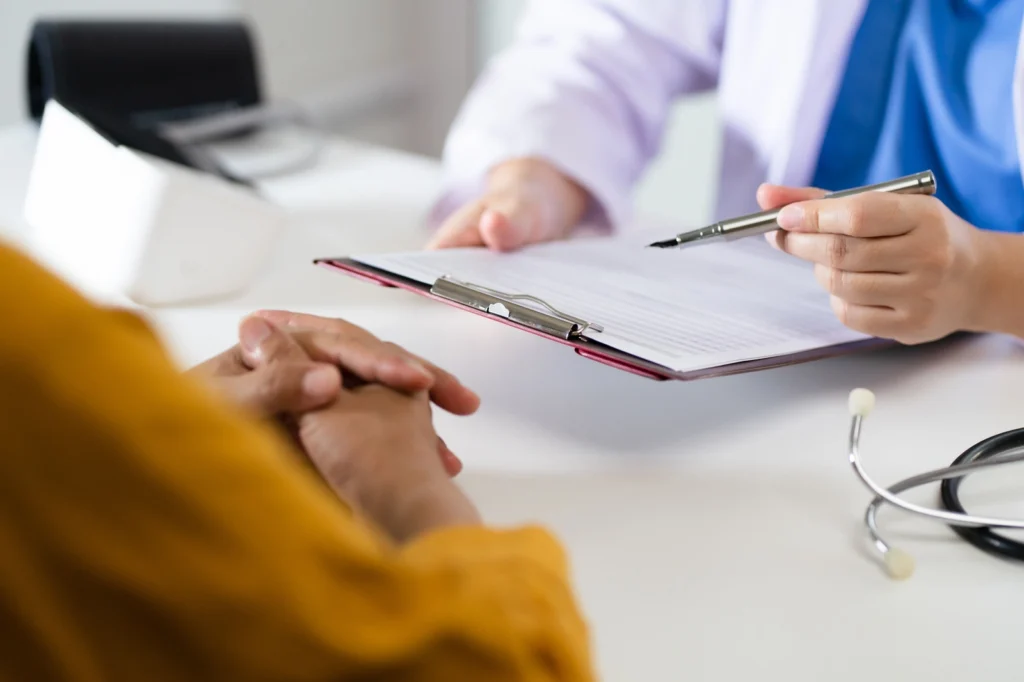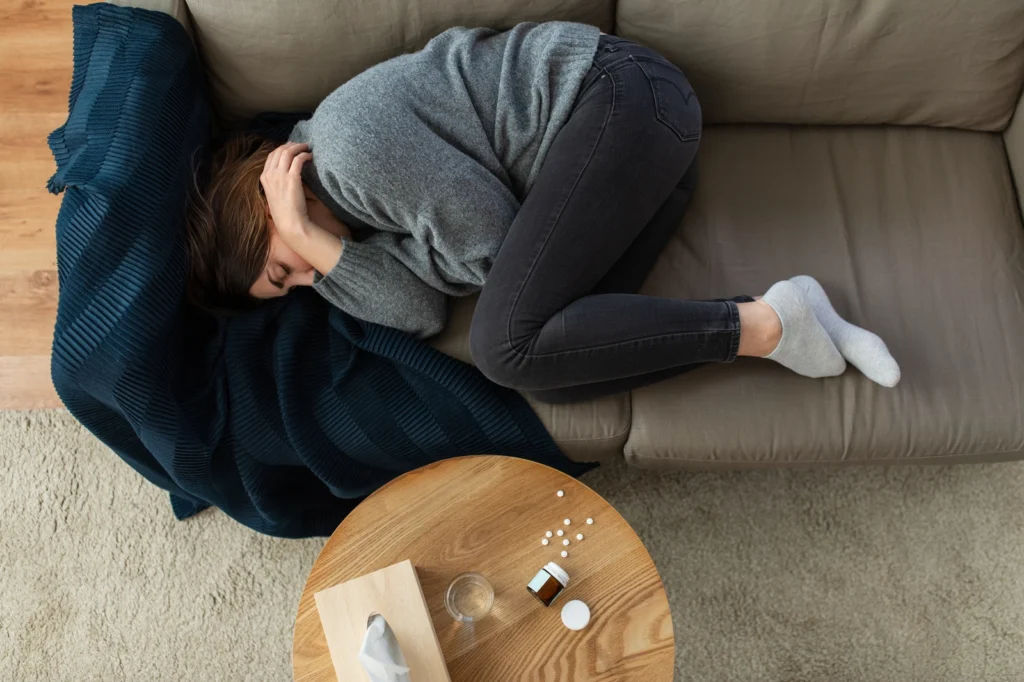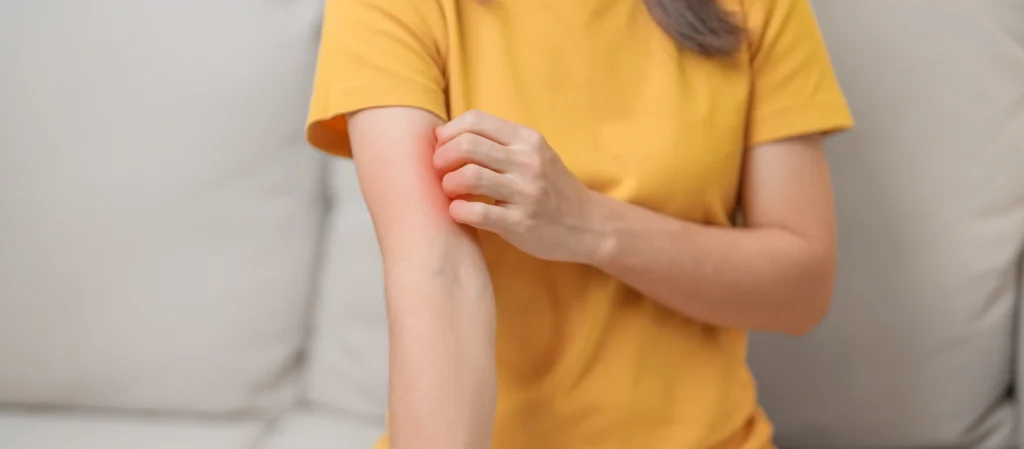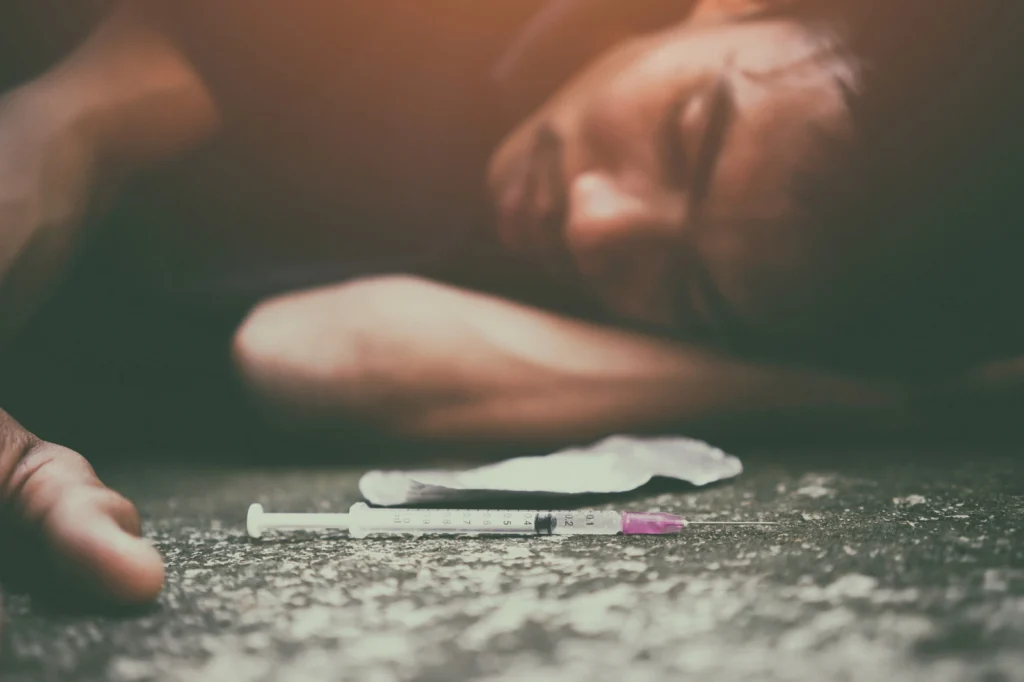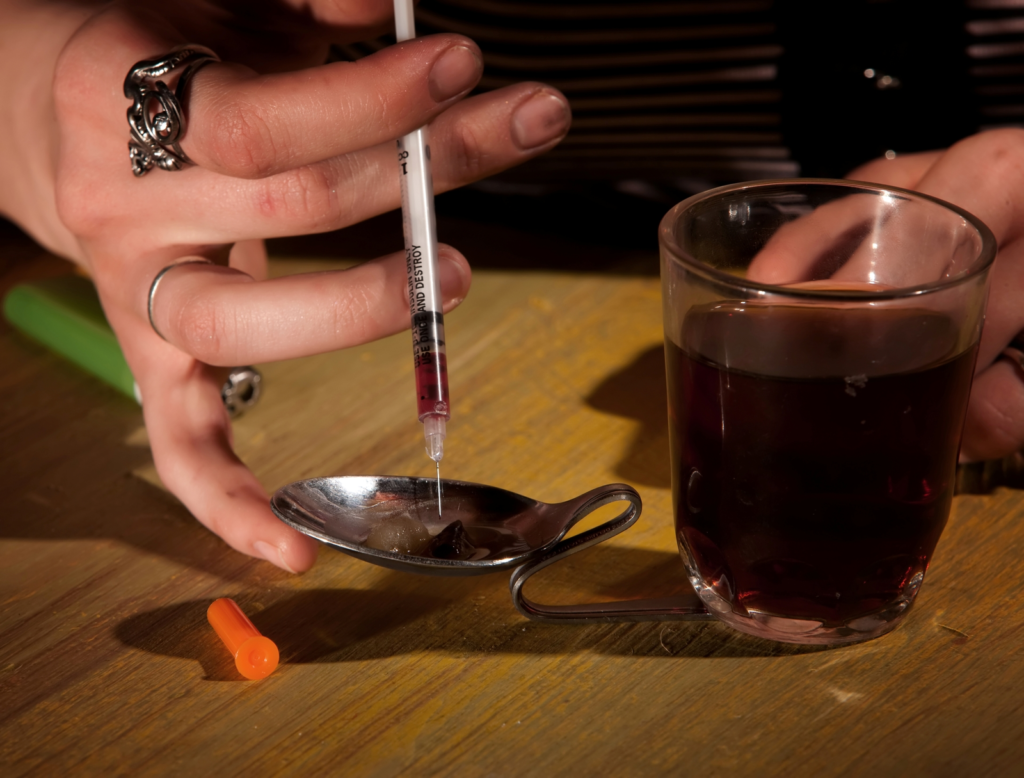230 Pill: Identification, Uses, and Precautions
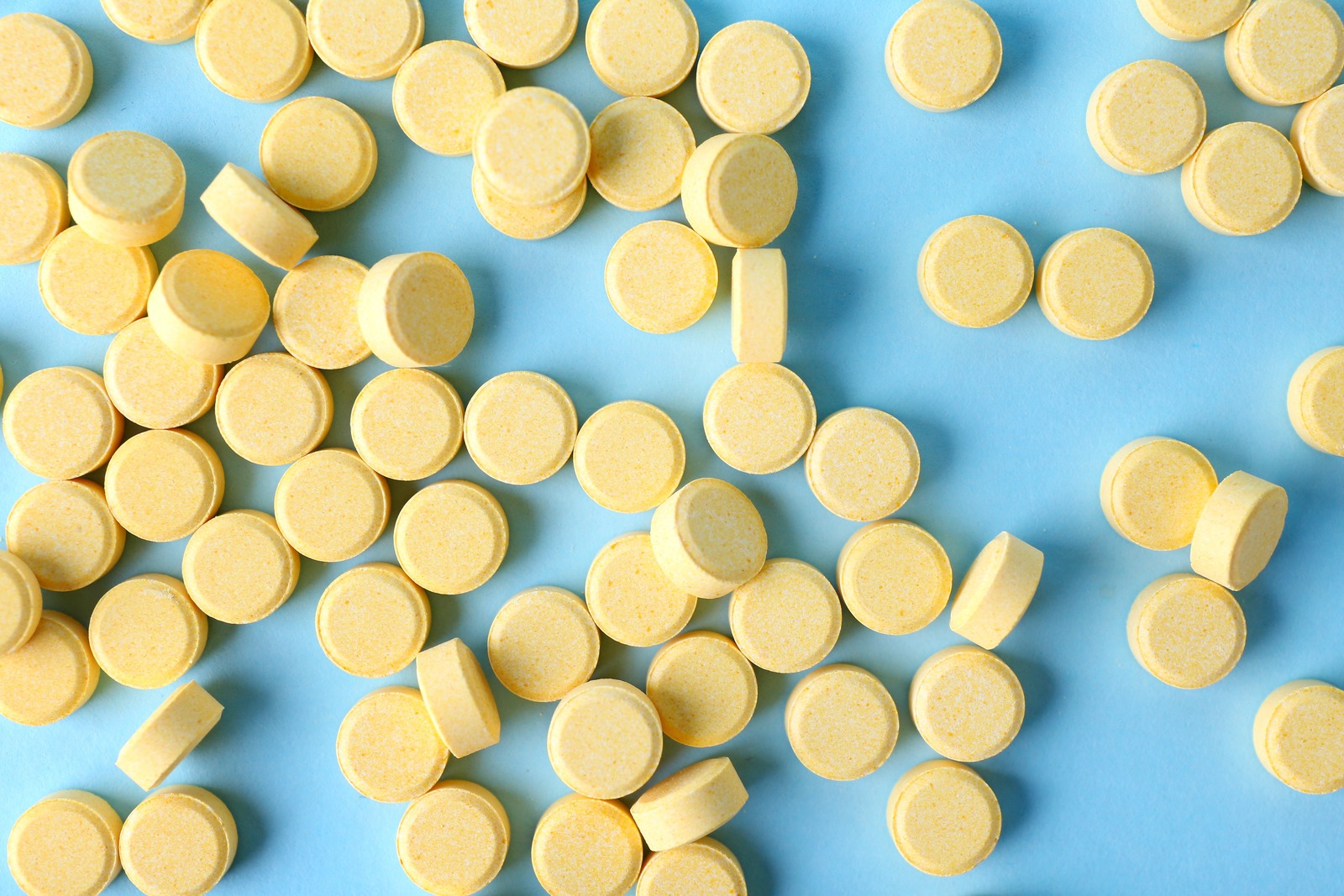
Several pills have “230” printed on them, including propafenone hydrochloride, an antiarrhythmic medication, and ethinyl estradiol, a synthetic estrogen. However, the 230 pills could also be acetaminophen and oxycodone hydrochloride, a narcotic analgesic medication and controlled substance that can be addictive.
Learn more about the 230 pill, how it’s used, and what precautions to take with this pill or any other unidentified medication.
What is the 230 Pill?
The C 230 pill has an imprint “C 230.”[1] It’s yellow, round, and 10mm in diameter. It contains acetaminophen and oxycodone hydrochloride at a dosage of 325 mg acetaminophen and 10 mg oxycodone hydrochloride. Alvogen, Inc. produces this drug.
How Is the 230 Pill Used?
Oxycodone and acetaminophen are a combination medication that’s used to treat moderate to severe pain. Oxycodone is an opioid pain reliever that falls under the group of narcotic analgesics. Acetaminophen is a pain reliever and fever reducer.
In the past, oxycodone and acetaminophen were marketed under the brand name Percocet. Other brands have produced this drug, including Nalocet and Primlev, and discontinued brands like Endocet, Roxicet, and Xartemis XR.[2] Generic oxycodone and acetaminophen products are also available.
Oxycodone and acetaminophen combination drugs are powerful painkillers that are used when other pain management efforts have failed. These drugs have an extremely high risk of addiction, abuse, and misuse, even at appropriate doses. Currently, oxycodone with acetaminophen is a Schedule 2 Controlled Substance.
230 Pill Identification
Pills have many identification markers to ensure that pharmacists, healthcare professionals, and patients can properly identify them and avoid medication errors. While the market can have counterfeit pills, all medications approved by the FDA must have unique identifying markers.
These identifiers include:[3]
- Color: Pills come in a standard color, solid or two-tone. The color only pertains to a specific version of a pill. The same medication can come in different colors from different manufacturers.
- Shape: Pills come in various shapes and sizes, including round, oblong, square, rectangular, hexagonal, and pentagonal.
- Form: The pill form is the type of pill, such as a tablet or capsule.
- Scoring: Some pills have scoring lines cut into them, making them easy to split for smaller doses. Depending on the pill, there could be one scoreline or two. Pills with a score are safe to split under the direction of your doctor, but pills without a score should never be split.
- Imprint: Pills have an imprint with a code to identify them. These codes can be a combination of numbers and letters, but they may have the dosage, the drug name, or a brand logo. Some pills require a magnifying glass to read the imprint, but it is still there.[3]
- Acetaminophen and oxycodone hydrochloride C 230 pill is a 10mm, yellow, round pill with C 230 imprinted on it. It represents 325 mg of acetaminophen and 10 mg of oxycodone hydrochloride.
If a pill is unmarked, take caution, as it could be an illicit or counterfeit version of the drug and may be extremely dangerous.
Safety Considerations and Precautions
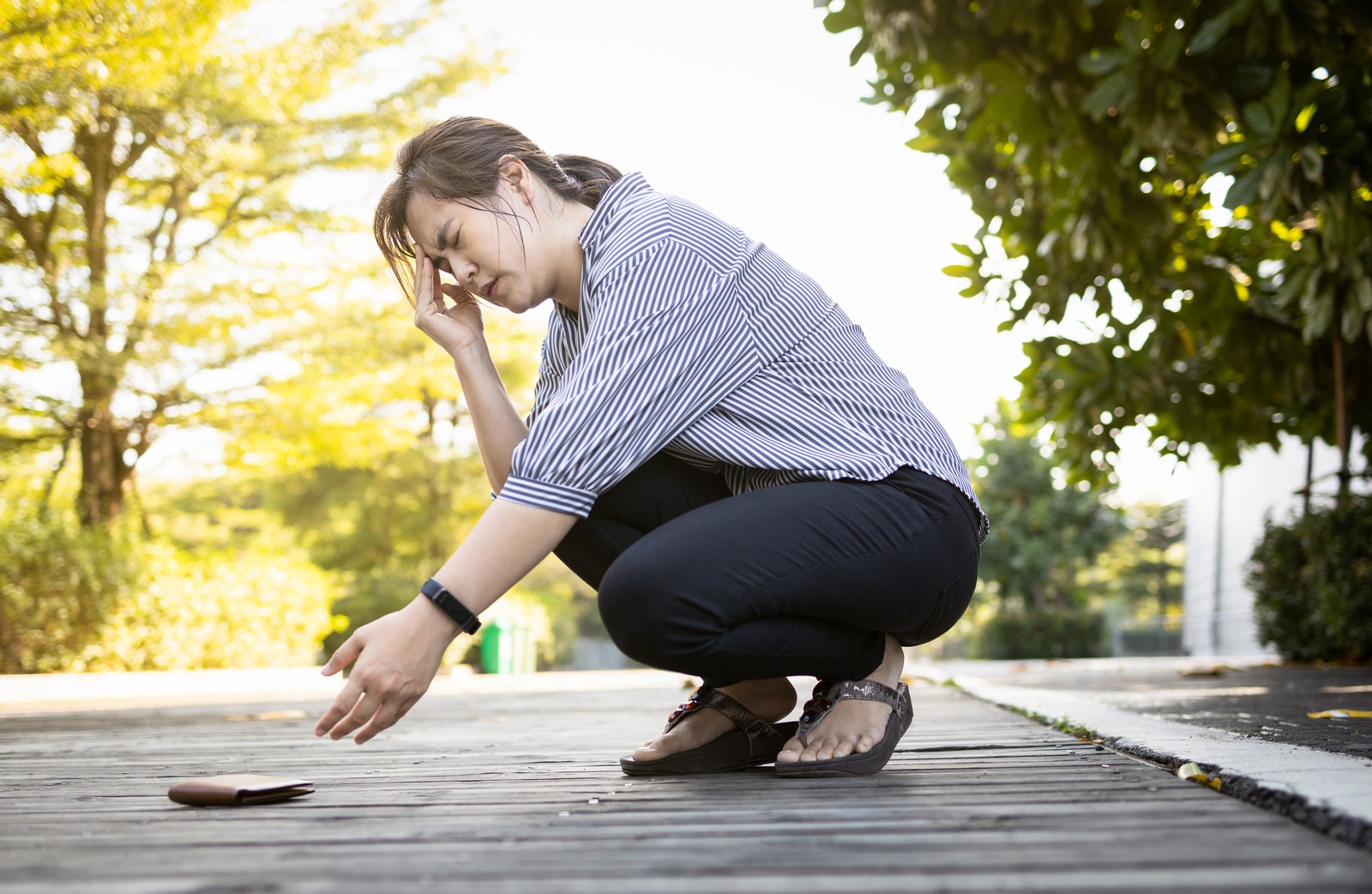
Oxycodone with acetaminophen is an opioid painkiller with a high risk of addiction and adverse effects. Misusing opioid medication can cause addiction, overdose, or death.
Some of the side effects of oxycodone with acetaminophen include:[4]
- Dizziness
- Drowsiness
- Tiredness
- Headache
- Constipation
- Stomach pain
- Nausea
- Vomiting
- Itching or flushing
- Blurred vision
- Extreme emotions
- Dry mouth
There’s a possibility of more serious side effects, including:[5]
- Noisy breathing
- Lightheadedness
- Weakness or unusual bruising or bleeding
- Confusion
- Problems urinating
- Liver problems (dark urine, clay-colored stool, jaundice)
- Low cortisol levels
In some cases, oxycodone and acetaminophen can cause serotonin syndrome.[6] This life-threatening condition can cause agitation, hallucinations, fever, sweating, shivering, fast heart rate, muscle stiffness, twitching, loss of coordination, nausea, vomiting, or diarrhea.
If you have a prescription for oxycodone with acetaminophen, make sure you store the medication in a place where no one else can access it. This drug should only be used by the person it was prescribed for.
Oxycodone and acetaminophen can be addictive even if it’s taken as prescribed. Always follow the directions on the prescription label, and never take the drug in larger amounts or for longer than prescribed. This increases the risk of side effects, addiction, or overdose.
Never share oxycodone with acetaminophen with another person, especially if they have a history of substance abuse or addiction. Misusing oxycodone and acetaminophen can cause addiction, overdose, or death.
In the case of an overdose, naloxone – a medication that can reverse an opioid overdose – can be administered. It’s a good idea to keep naloxone on hand if you or someone you know takes oxycodone or another opioid painkiller.
Overdose symptoms may include nausea, vomiting, sweating, severe drowsiness, pinpoint pupils, and slow or stopped breathing. If you suspect someone is overdosing on oxycodone, call 911 immediately and wait for help to arrive.
How to Handle Unidentified Pills
If you find a pill you can’t identify, it’s crucial to handle it properly. Some pills present a safety risk to other people, children, and animals, so they must be disposed of properly. Pills can also contribute to water contamination.
Whether you find a C 230 pill or you have unused medications you want to get rid of. You need to treat them as household hazardous waste. Here are some steps to take:
Visit a Drug Takeback Facility
The DEA has drug takeback facilities with a staff to dispose of drugs safely. You can visit your local drug take back facility by searching a database on the DEA website. These facilities can take prescription, over-the-counter, and herbal supplements and dispose of them. Always remove identifying information from the label before taking medications at a take back facility.
Flush Certain Medications
Flushing medications aren’t recommended generally because the drug can contaminate water supply and harm the environment. However, the FDA permits flushing for some drugs to dispose of them quickly and prevent public health risks. This applies to drugs that are deemed too dangerous to risk being used by others, such as narcotic painkillers. This is a list of the drugs that the FDA allows to be flushed, including fentanyl and morphine.[7]
Dispose of Drugs in the Trash
It’s not appropriate to just throw pills away if you don’t know what they are, as children or pets can get them. Trash goes to a landfill, so pills that are thrown away can contaminate the local water supply.
If there are no local take back facilities and the drug is not approved to flush, disposing of it in the trash is acceptable. You can’t simply throw it away, however. Here are some precautions to take:
- Mix the medication with a substance that will deter children and pets, such as cat litter or coffee grounds.
- Put the medication in a sealed bag or container.
- Remove any identifying information from the drug label.
- Do not crush tablets or capsules.
Return the Drug to the Pharmacy
Some pharmacies will take unidentified medications as a public service, but it’s not required. Pharmacies that offer this service will have a disposable kiosk for drop-off or a drive to encourage people to return old, expired, or unused medications.
What Not to Do with Unidentified Medications
Now that you know what to do with an unidentified pill, here are some things to avoid:
Don’t Flush Unidentified Pills Down the Toilet
The FDA flush list only applies to identified pills. If you find a loose pill, bottle, or package you can’t identify, don’t flush it down the toilet. You can’t assume they’re on the approved flush list and recommended for flushing.
Don’t Pour Them into the Sink
The sink is not appropriate for flushing drugs. The sink and toilet wastewater end up in the same place, so there’s a similar risk of contamination if you pour your medication down the sink and it gets into the local water supply.
Don’t Give Them to Someone Else
Even if you’re 100% sure of what a pill is, you should still dispose of it properly. Don’t give the pill to someone else, even if they take that drug. Misusing prescription medications is a growing problem with a lot of risks, and those risks are worse if you aren’t positive about what the drug is.
Avoid Medication Misuse
Unidentified pills can be a safety and environmental risk. If you find an unidentified pill like the C 230 pill, try to identify it and dispose of it properly. Never share medications with anyone, identified or otherwise. If you or a loved one is struggling with opioid addiction, seek help with an addiction treatment program.
